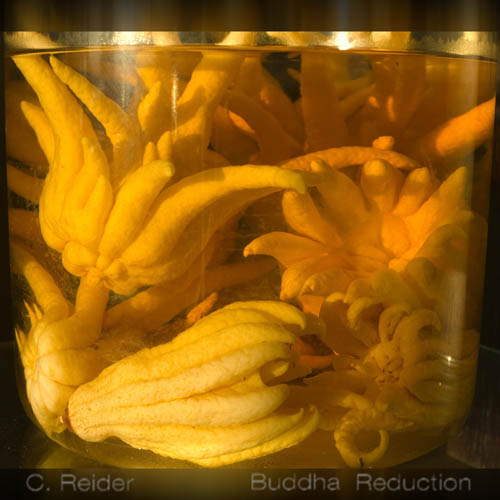I’m finally getting some time to get caught up on my netlabel listening. The big project that was taking up so much of my time is now behind me (a sound art exhibition archived here: http://soundthroughbarriers.com) and I can concentrate on my other interests again!
–
So in preparing this post, I noticed that a lot of the Creative Commons licenses that are used here don’t allow remixing… “no derivative work”. Obviously it’s up to each artist / label to decide what license to use, but I humbly argue for a more open license, such as CC BY or CC BY NC SA — a no-deriv license amounts to a monologue, allowing derivative work opens up the work to dialogue. I’ve been strongly considering the idea of basing a new work on appropriated sounds from the netlabel underground, (with proper attribution, of course) and it’s dismaying seeing all of these good releases that disallow it.
–
And now I’m getting off my high horse and we can proceed to the reviews.
–
–

Clay Gold – Clay Mining
http://threelegsduck.bandcamp.com/album/clay-mining
Three Legs Duck / CC BY SA / Name your price
–
A percussion improvisation with heaped-on effects, soft-pad washes & tinkles, and some samples too. I am ambivalent about it.
–
–
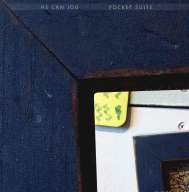
He Can Jog – Pocket Suite
http://pocketfields.com/post/24536164742/pf028-he-can-jog-pocket-suite
Pocket Fields / CC BY NC SA / Free
(Note: Archive.org lists the release as CC BY NC ND, but in conversation with the artist, that’s a mistake, and the above license is correct)
–
It is a bitcrushed swampland of electronic crickets & frogs, with an Ariel Kalma-esque feeling of something hovering. Comes packaged with the source code.
–
–
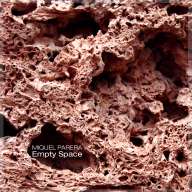
Miquel Parera Jaques – Empty Space
http://www.tecnonucleo.org/index.php?page=release&release=33
Techno Nucleo / CC BY NC SA / free
–
Frequency oscillations beat and collide together until they burst. Aw… poor square waves!
Samples and source code also available.
–
–

Travis Johnson – Menotact
http://www.controlvalve.net
Control Valve / license not listed / free
–
A quietly modulating electronic drone supplemented by the occasional electro-bloop, or sine-glissando is paired with an indoor site recording in which not much happens (a rustle of slight movement, something clicks or clatters). Later, there are a few claps in a reverberating space. None of it adds up to much, but that’s all-right with me, I happen to think it’s pretty nifty!
–
–

Lezet – Hum
http://www.etchedtraumas.net/discography/hum/
Etched Traumas / license not listed / free
–
Assembled from incidental mouth / breath noises. Disinterested sounding “ah”s & “hm”s join amphibian snurks, clammy gurgles & bovine grunts as the primary source material for the two pieces that are the focus of this release. The compositional structure is as insistent as aimless, like a room full of morons bumping into one another: perhaps then the point is to dance to it? It’s funny at first, and then a little disturbing, and most definitely worth a listen. I’ll leave it to a literary scholar to tell me whether or not this is sound poetry.
–
–
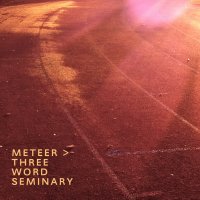
Meteer
http://www.bfwrecordings.com/releases/Meteer/ThreeWordSeminary/
BFW Recordings / CC BY NC ND / free
–
One day the “outside world” will discover how good Bjorn Asserhead’s Meteer project is, and what’ll happen then? Hopefully the rest of us netlabel folk will beam with pride and send him virtual handshakes and pats on the back, and he’ll make sure to remind people in that edenic “outside” that there’s other people like him making music and giving it away for free… “down there”. Seriously, though this chill rhythmic ambient music is better than much of the similar stuff I’ve heard on the 12k label, and he hits the occasional evocative groove that stands on its own. He’s an artist worth following.
–
–

Naïve Mind – ___________ (Put a title in this line if you want)
http://www.zenapolae.com/zen087
Zenapolae / CC BY NC SA / free
–
If you asked a lot of people if they like competent pop-techno with simplistic, pretty melodies sometimes with a bit of guitar plucking alongside, many of those people would say “yes, I like those things”. I’m not one of them, so this gets chucked in the bin.
–
–

David Nemeth – Home Drones
http://archive.org/details/Home_Drones_Nemeth
Treetrunk / CC BY / free
–
Miscellaneous domestic hums and whirrs treated as though they were worth documenting and listening to, which of course they are. I think it’s fab.
–
–

Juan Antonio Nieto – The Voice Inside
http://archive.org/details/TheVoiceInsideem177
Electronic Musik / CC BY NC ND / free
–
Filmic spooky atmospheres with a distant hint of Robert Rich’s “Trances / Drones”
–
–

Protofuse – Bits#10
http://protofuse.bandcamp.com/album/bits-10
self-released / copyrighted / it was free, but I guess now you have to pay?
Low-rent Basic Channel minimal techno stuff. It burbles along unremarkably enough. I’m often partial to this kind of thing, so I like it, but admittedly it’s not the most exciting music in the world.
–
–
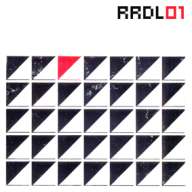
Radio Royal – RRDL01
http://clinicalarchives.blogspot.com/2012/04/ca495-radio-royal-rrdl01.html
Clinical Archives / CC BY NC ND / free
–
A few seemingly competing interests here. Several extended freeform electronic jams with background loops and dirty lo-tech synths. Then the loops come to the fore to accompany a boring sampled vocal monologue, and things get more problematic. Then there’s another big change when nestled in the middle of it is a great psychedelic track with a wobbly repeating guitar / drum phrase and the vibrating inflections of a vocalist intoning in Japanese (?). Suddenly it all sounds more interesting.
–
–

Restive – [m2012/30-09]
http://archive.org/details/restive_m30
self released / CC BY NC SA / free
–
That fondly familiar Restive construction: independent loops of rumbling noises, one track has a Cluster-ish little keyboard meditation, I’d love to see more like that!
–
–

Slowpitch – Biosphere Stargaze
http://bahdoom.com/bah002/
Bah Doom / copyrighted / free
–
Hazy sound clumps looping for opiated head-nodding. Each track starts off promising, but never develops into anything but another reason to stare bleary-eyed at the wall.
–
–
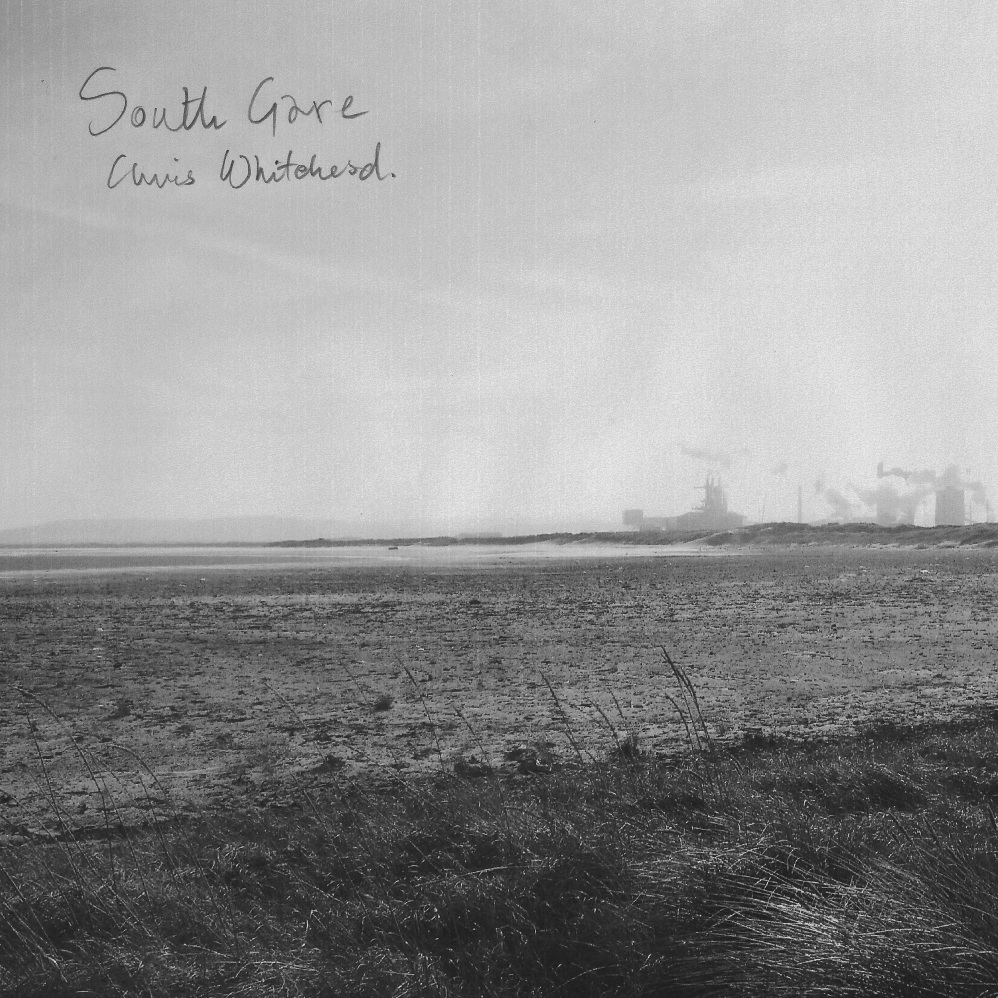
Chris Whitehead – South Gare
http://linearobsessional.bandcamp.com/album/south-gare
Linear Obsessional / CC BY NC SA / free
–
A composition that organizes selected phonographic elements and multi-tracks them together with a smattering of humble percussive interactions with actual spaces. Absolutely fantastic.
–
–
–
–
–
–
–
–
Posted by
C. Reider
